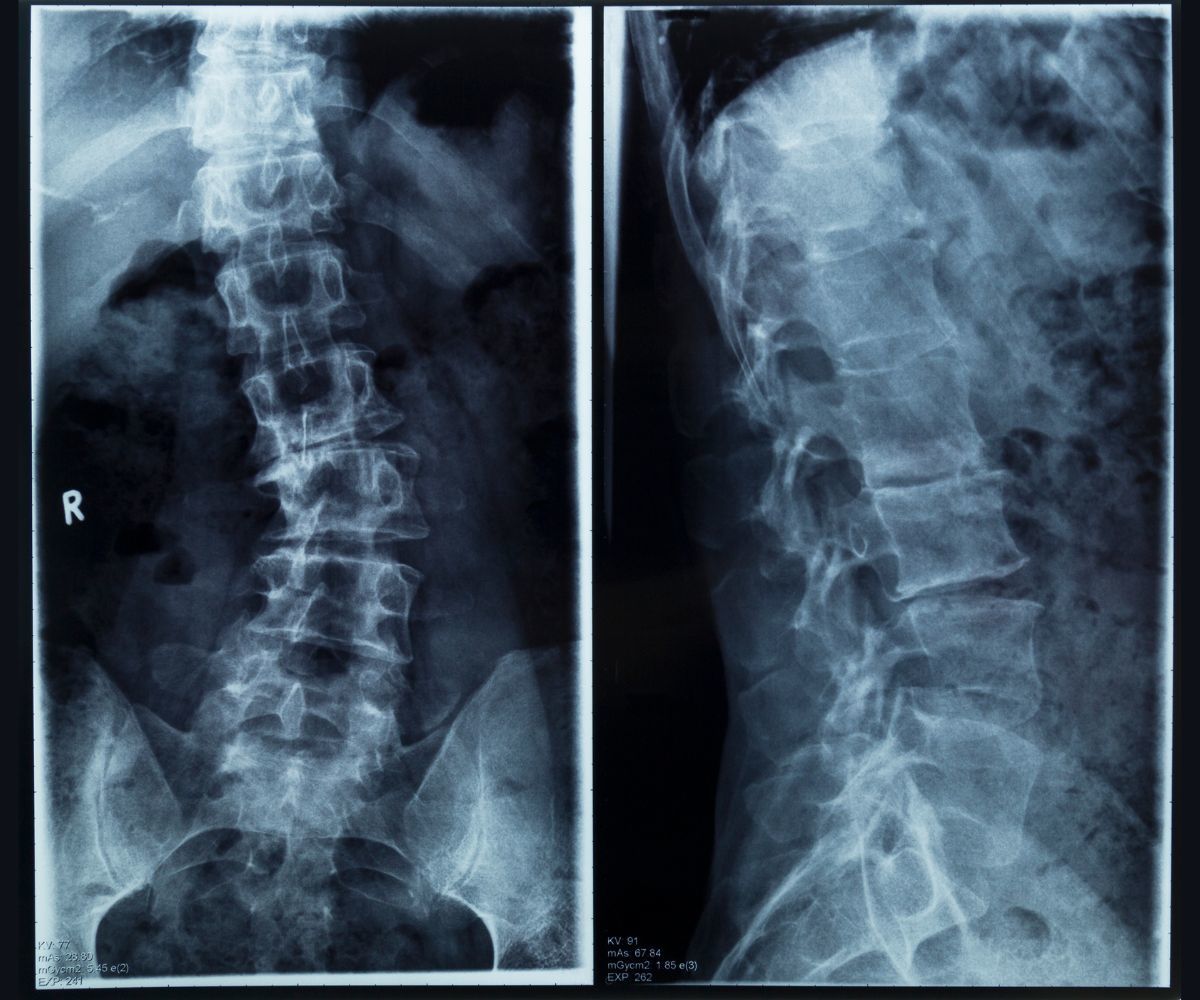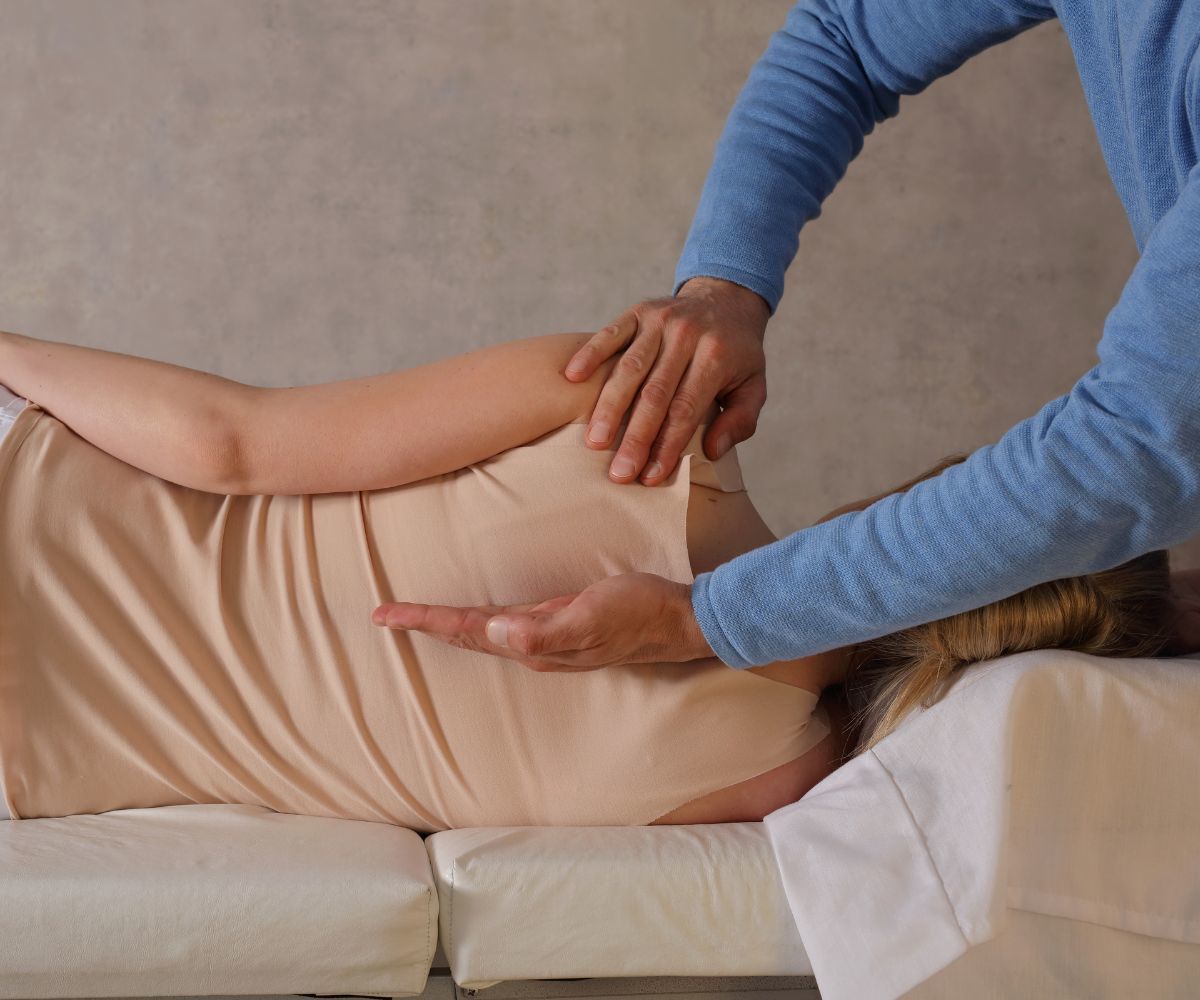Scoliosis is a condition characterised by an abnormal sideways curvature of the spine. It affects millions of people worldwide, often manifesting during adolescence. While some cases of scoliosis may be mild and require minimal intervention, others can cause significant discomfort and impact daily life. Understanding the symptoms, causes, and treatment options for scoliosis is crucial for those affected by this condition. Chiropractic care offers a holistic approach to scoliosis treatment, focusing on spinal alignment, muscle balance, and overall well-being.
Understanding Scoliosis
Scoliosis can present in various forms, ranging from mild to severe curvature of the spine. Common symptoms include uneven shoulders, waist asymmetry, and an abnormal posture. In some cases, scoliosis may cause back pain, difficulty breathing, or limited mobility. The causes of scoliosis can be diverse, including congenital factors, neuromuscular conditions, or idiopathic origins (unknown causes). Early detection and intervention are essential for managing scoliosis effectively.
What Causes Scoliosis?
The causes of scoliosis can be diverse. In some cases, scoliosis may develop due to congenital factors, such as abnormal formation of the vertebrae present at birth. Other times, neuromuscular conditions, such as cerebral palsy or muscular dystrophy, can contribute to the development of scoliosis. However, the majority of scoliosis cases (approximately 80%) have no identifiable cause, a condition known as idiopathic scoliosis. While the exact reasons for idiopathic scoliosis are not fully understood, researchers believe that a combination of genetic, environmental, and hormonal factors may play a role in its development.
Scoliosis can affect individuals of all ages, but certain age groups and professions may be more prone to developing this condition:
-
Adolescents: Scoliosis often develops during adolescence, particularly during periods of rapid growth, such as puberty. While both boys and girls can develop scoliosis, girls are more likely to experience progressive curvature requiring treatment.
-
Adults: While scoliosis is commonly associated with adolescence, it can also develop or worsen in adulthood due to factors such as degenerative changes in the spine, spinal injuries, or untreated childhood scoliosis. Adult scoliosis may be more prevalent in individuals over the age of 40.
-
Professions Requiring Heavy Lifting or Repetitive Movements: Certain professions that involve heavy lifting, repetitive movements, or prolonged standing may increase the risk of developing scoliosis or exacerbating existing curvature. Examples include construction workers, nurses, manual labourers, and athletes engaged in asymmetrical sports.
-
Occupational Hazards: Occupations that involve prolonged sitting or poor ergonomics, such as office workers, drivers, or individuals working at computer stations for extended periods, may also contribute to postural imbalances and increase the risk of developing scoliosis or related issues.
-
Genetic Factors: While not tied to a specific age or profession, genetic predisposition plays a significant role in the development of scoliosis. Individuals with a family history of scoliosis are more likely to develop the condition themselves.
-
Neuromuscular Conditions: Certain neuromuscular conditions, such as cerebral palsy or muscular dystrophy, can increase the risk of developing scoliosis due to muscle weakness or imbalance affecting spinal alignment.
Overall, while scoliosis can affect individuals across various age groups and professions, early detection, proper posture, ergonomic awareness, and regular exercise can help mitigate the risk and promote spinal health and alignment. Additionally, seeking prompt evaluation and treatment from healthcare professionals, including chiropractors specialising in scoliosis management, can help manage symptoms and prevent progression.
Conventional Treatment Approaches
Traditional medical approaches to scoliosis treatment often involve monitoring the progression of the condition, bracing to prevent further curvature, or surgery in severe cases. While these methods can be effective, they may not address the underlying issues contributing to scoliosis or provide comprehensive relief from symptoms. This is where chiropractic care shines as a holistic alternative.
Chiropractic Care for Scoliosis
Chiropractic care focuses on restoring proper alignment to the spine and promoting optimal function of the nervous system. For individuals with scoliosis, chiropractic adjustments can help improve spinal alignment, reduce muscle tension, and alleviate discomfort. By addressing misalignments (subluxations) and imbalances in the spine, chiropractors aim to enhance the body's ability to adapt and heal naturally.

Benefits of Chiropractic Treatment
One of the primary benefits of chiropractic care for scoliosis is its non-invasive nature. Unlike surgery, which carries inherent risks and requires extensive recovery time, chiropractic adjustments are gentle, safe, and drug-free. Many patients report improvements in pain levels, mobility, and overall quality of life following chiropractic treatment for scoliosis.
Chiropractic Techniques for Scoliosis
Chiropractors employ various techniques tailored to the individual needs of patients with scoliosis. These may include manual adjustments, spinal decompression, therapeutic exercises, and soft tissue therapies such as massage or myofascial release. By addressing both the structural and functional components of scoliosis, chiropractic care offers a comprehensive approach to treatment.
Complementary Therapies
In addition to chiropractic adjustments, scoliosis patients may benefit from complementary therapies such as corrective exercises, postural training, and nutritional support. Chiropractors often emphasise the importance of maintaining a healthy lifestyle, including regular exercise, proper nutrition, and stress management techniques. These holistic approaches can support overall well-being and enhance the effectiveness of chiropractic treatment for scoliosis.
Patient-Centred Care
Central to our philosophy at Moorooka Chiropractic Centre is the concept of patient-centred care. Our chiropractors take the time to listen to their patients' concerns, thoroughly assess your condition, and develop personalised treatment plans tailored to your unique needs. This collaborative approach empowers patients to take an active role in their healing process and promotes long-term success in managing scoliosis.
Scoliosis can pose significant challenges for those affected by this condition, impacting their physical health, emotional well-being, and quality of life. While conventional treatment approaches focus primarily on symptom management, chiropractic care offers a holistic alternative that addresses the root causes of scoliosis and promotes overall spinal health. By restoring proper alignment, reducing muscle tension, and supporting optimal function of the nervous system, chiropractors play a vital role in helping patients with scoliosis live healthier, more comfortable lives. If you or a loved one are struggling with scoliosis, consider exploring the benefits of chiropractic care as part of your treatment plan and contact us today.
